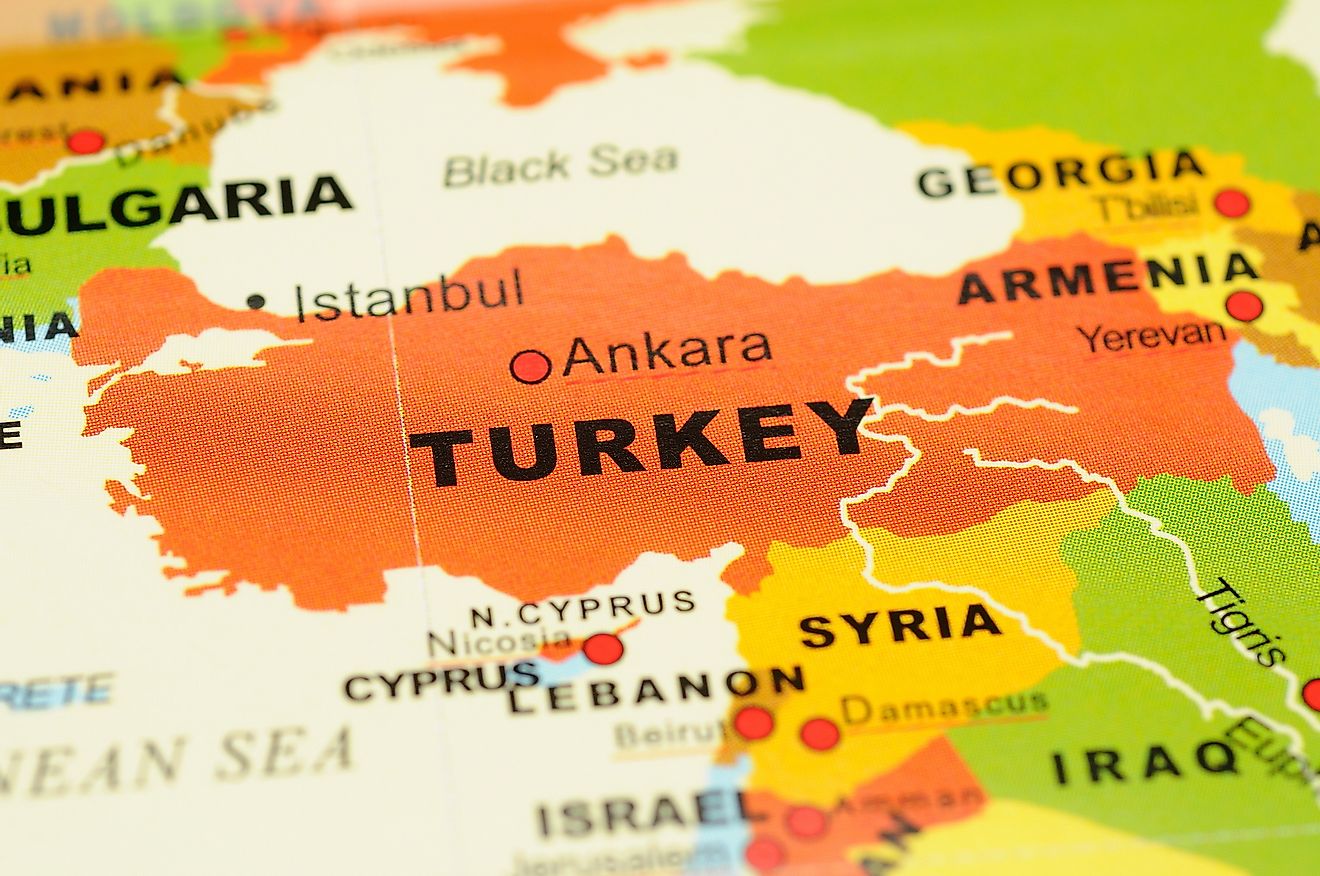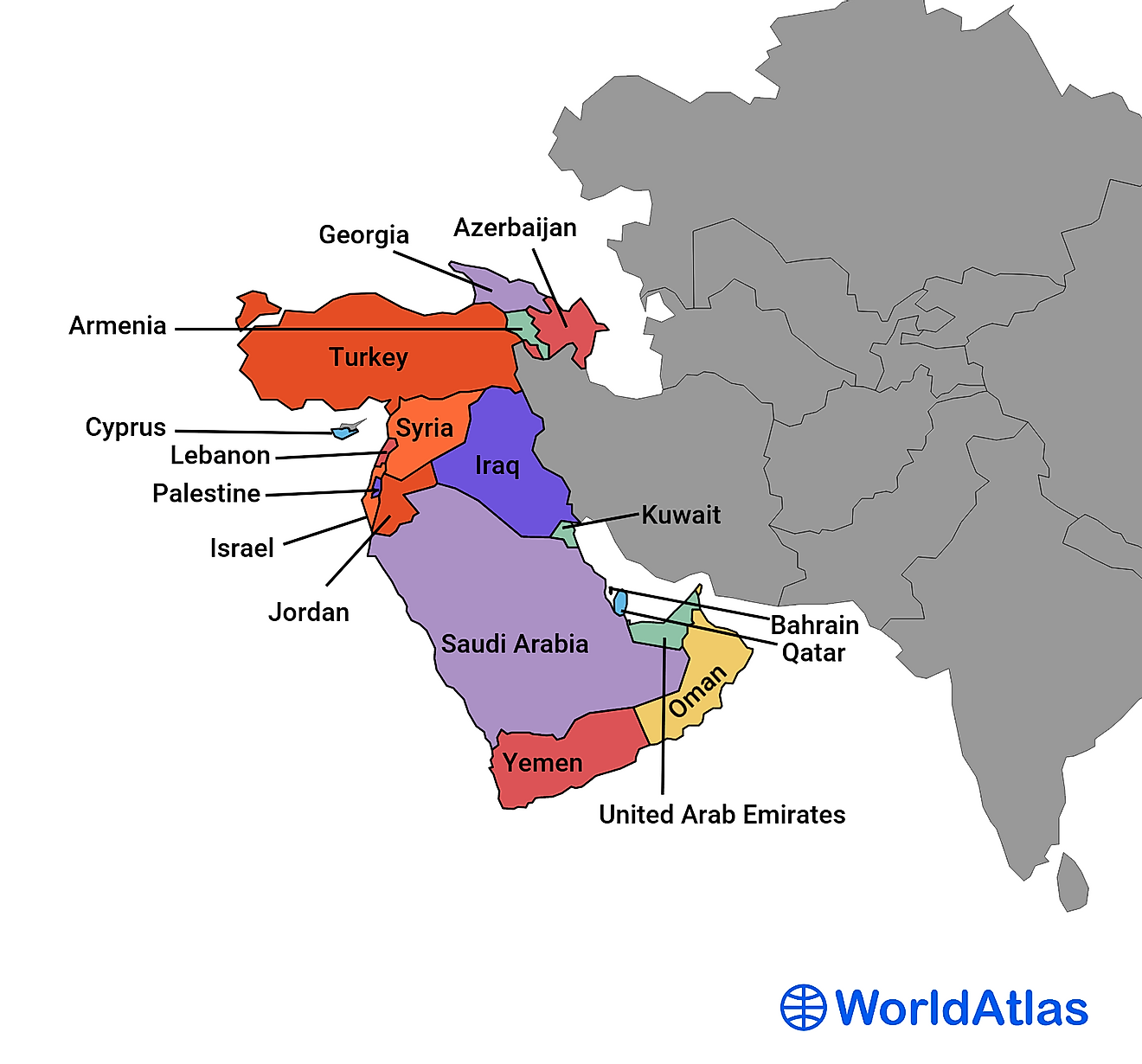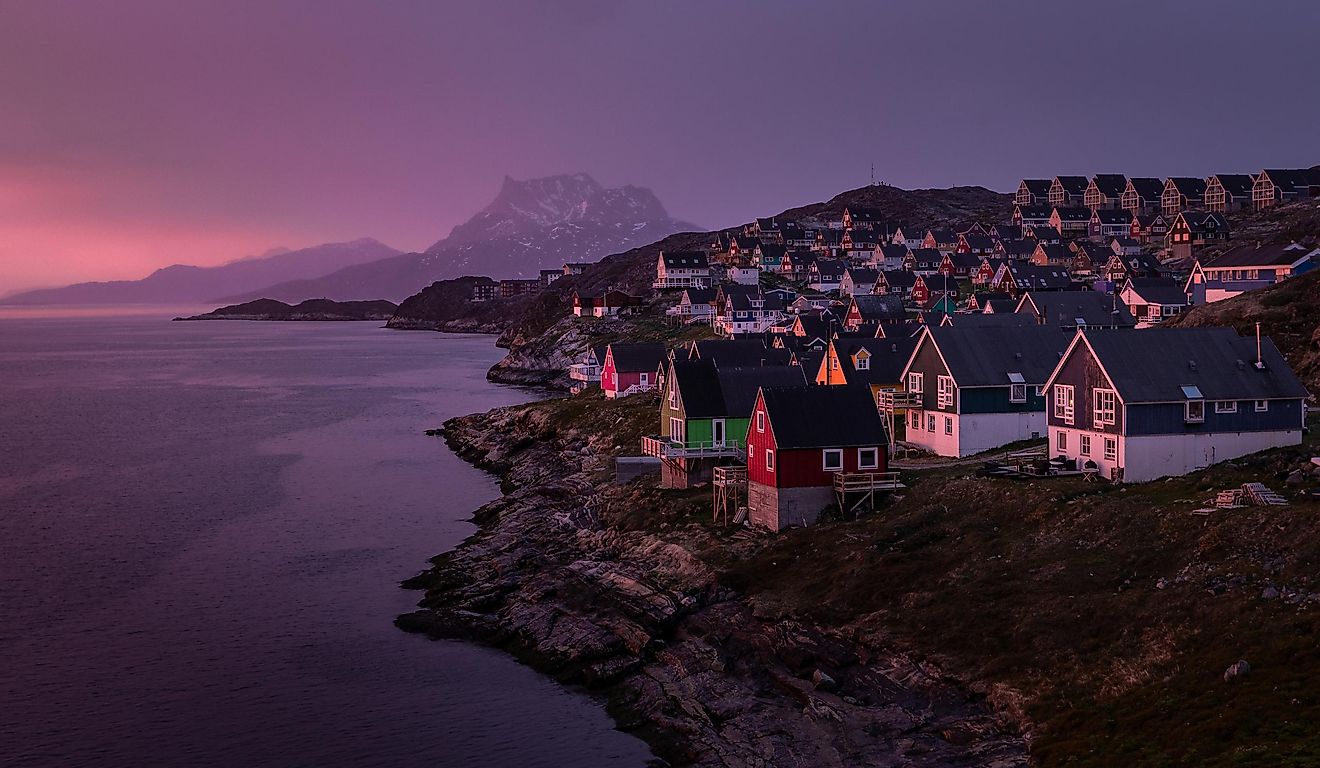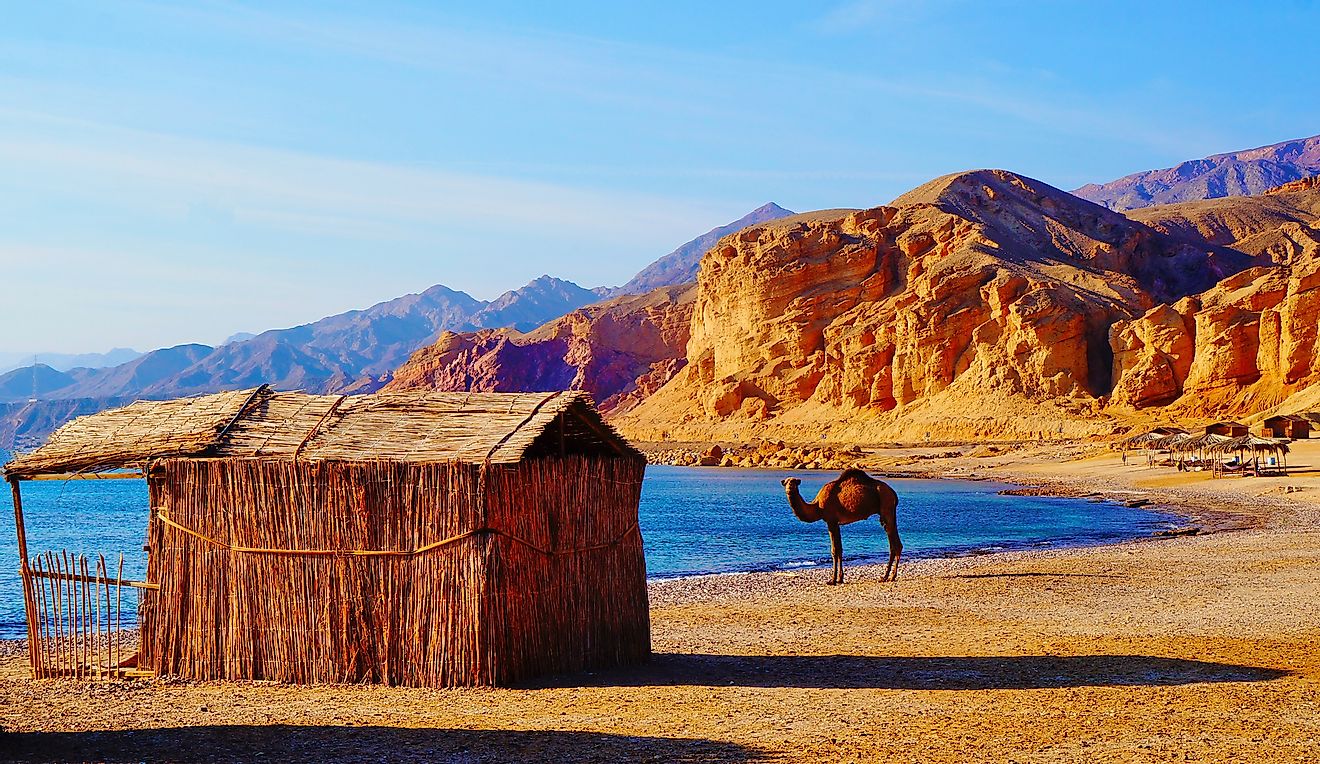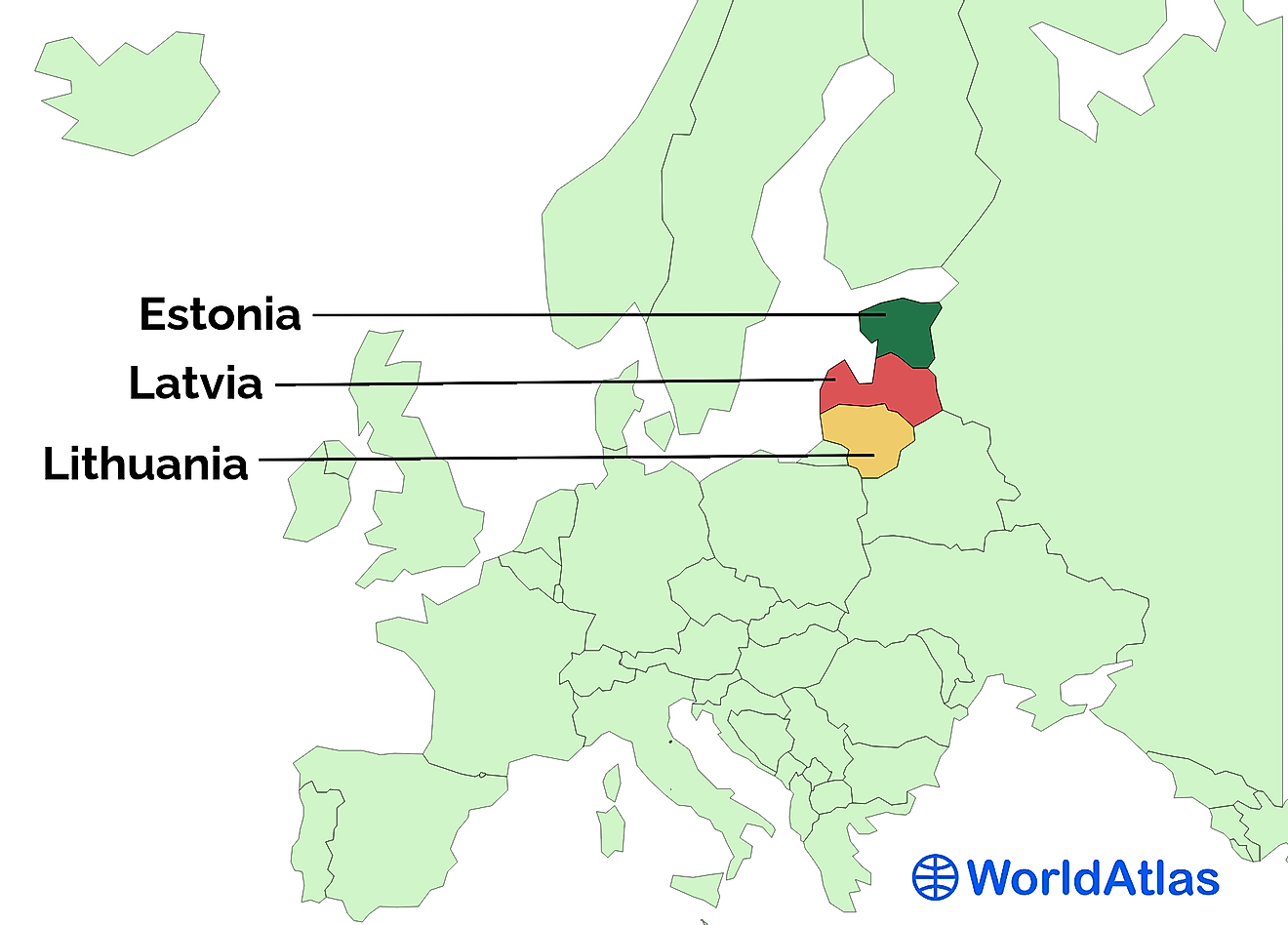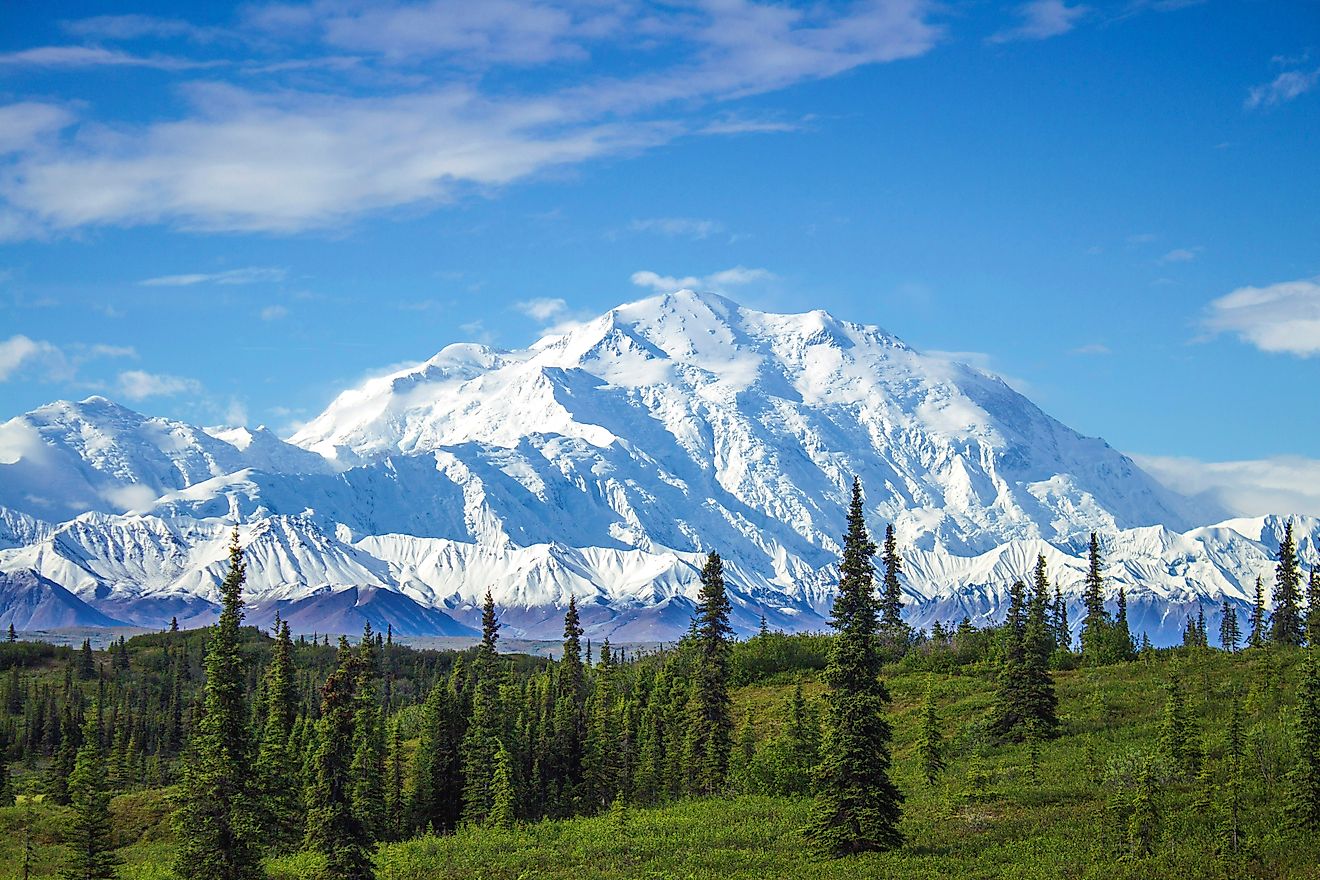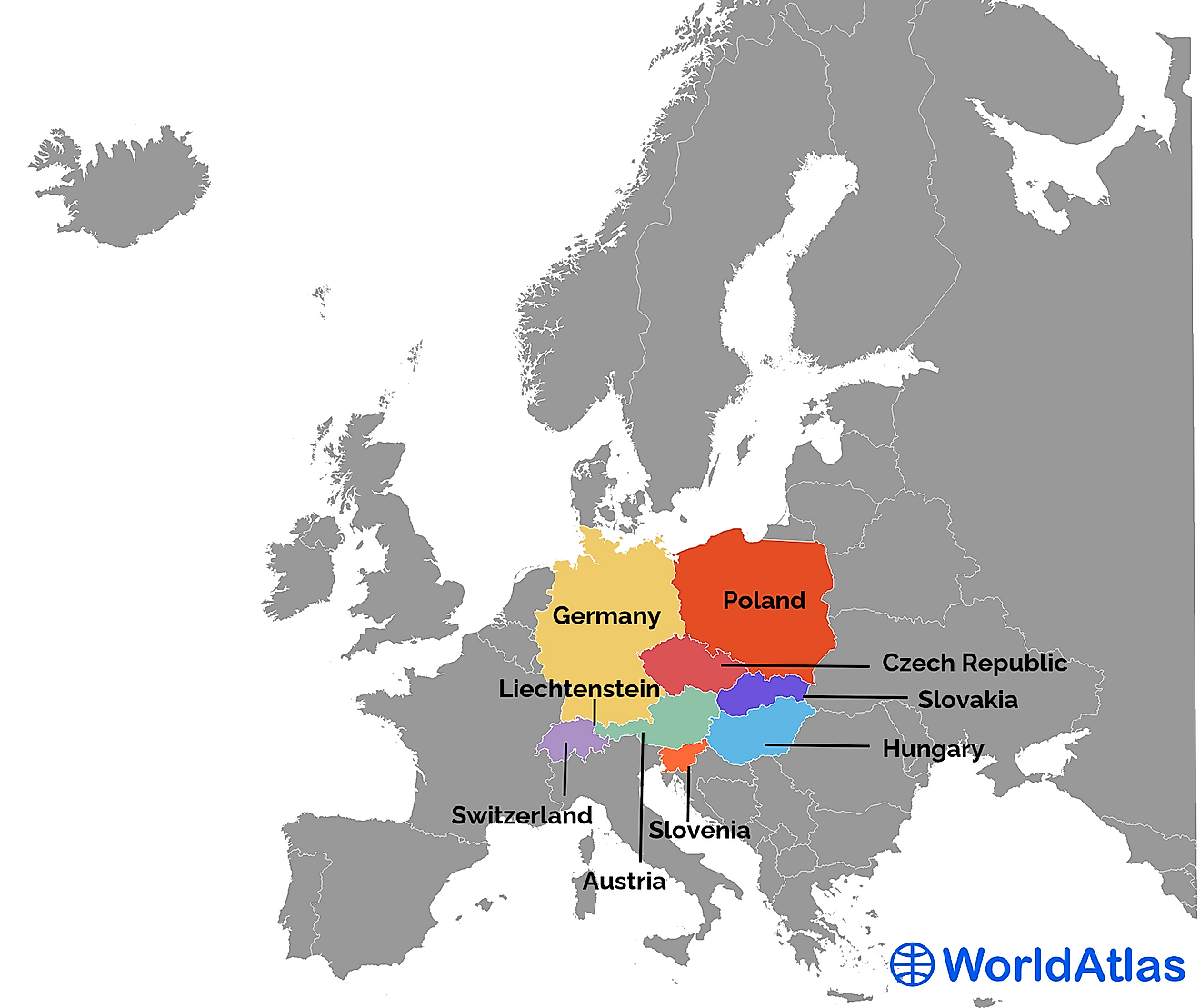How Cold Do Deserts Get At Night?
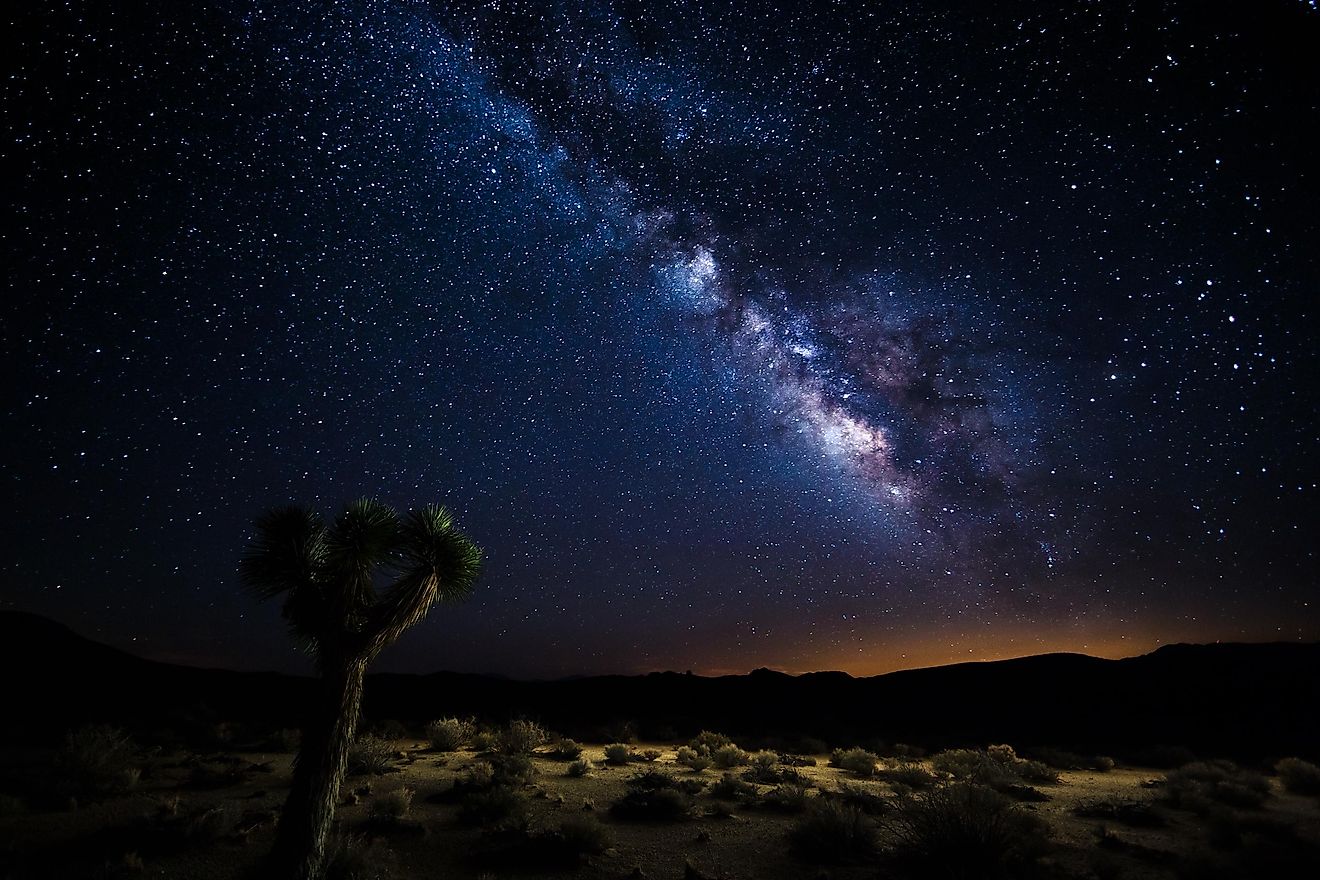
- Temperatures can drop from 100 degrees Fahrenheit during the day to 40 degrees during the night.
- The main reason why temperatures drop in deserts during the night is because of sand: it is not able to hold heat, and it turns the entire desert hot.
- Deserts are extremely dry places with almost no humidity, so the heat can’t be retained during the night.
- Not all deserts get cold during the night. The air in dry areas cools off when there are no clouds covering the area, when there is no wind or, naturally, when there is almost no moisture in the air.
Most people are aware of the fact that most deserts are scorching during the day, but the temperature gets much colder at night. However, many are not aware as to why this happens and also how cold does it get during the night. The thing is, there are many different types of deserts in the world.
Most often, they are classified into four types, the subtropical, cold winter, coastal and polar desert. All of these deserts have varying temperatures, while some follow the expected course of having warmer days and colder nights, others might be constantly cold. However, we will try to focus on the more common types in this article, and those usually do have hot days, while the nights experience lower temperatures.
In those deserts, temperatures can drop from 100 degrees Fahrenheit during the day to 40 degrees during the night.
The Importance Of Sand
The main reason why temperatures drop in deserts during the night might surprise you.
It happens because of sand. Sand is not able to hold heat, and it turns the entire desert hot. The sand acts as a sort of mirror to the Sun. It takes all of the heat from the Sun and does not absorb it, but “radiates” it in the air, which is the main reason why the temperatures are so high during the day. The sand holds the heat on its surface. Once the night comes, the sand loses all of the heat it collected during the day, and the temperatures drop severely. Once the sun sets, there is no heat to either absorb or hold on the surface.

However, there is also no Sun in other parts of our planet, but the temperatures do not vary so greatly between night and day. Why does this happen only in the desert? The lack of humidity is the main reason. Humidity is what helps heat to remain in the air during the night. Deserts are extremely dry places with almost no humidity, so the heat can’t be retained during the night. This happens in a lot of other tropical places.
Humidity And Temperature
In the simplest terms, humidity is water that is suspended in the air. More humid air has larger amounts of water in it; it is simple. Water is able to hold heat much better than air itself. This is why in places with higher humidity, the air can hold heat for longer periods than in places with lower humidity. The air is not what is actually holding the heat, but the water in it.

An interesting thing that should be noted here is that humid air is much harder to heat up. Much more energy is required to do it. This is why deserts get hot much easier than more humid areas despite the fact that the same amount of solar energy is falling in them.
However, not all deserts get cold during the night. The air in dry areas cools off under specific circumstances. For example, it happens when there are no clouds covering the area, when there is no wind or, naturally, when there is almost no moisture in the air. The lack of moisture is actually not a given, and several areas that are located in deserts actually have high humidity in the air.
Dubai and Kuwait are only some of those places. So do not think that the nights will get extremely cold if you decide to go on a trip into the desert. Sure, the temperatures might get lower, but you might still get a night that is generally warm and balmy.

